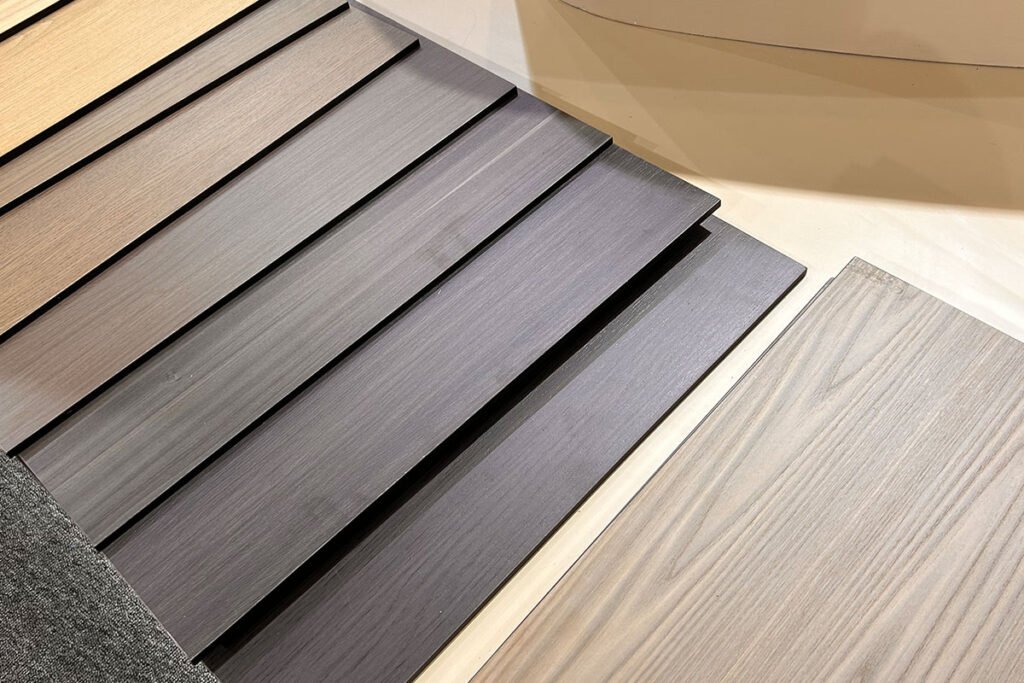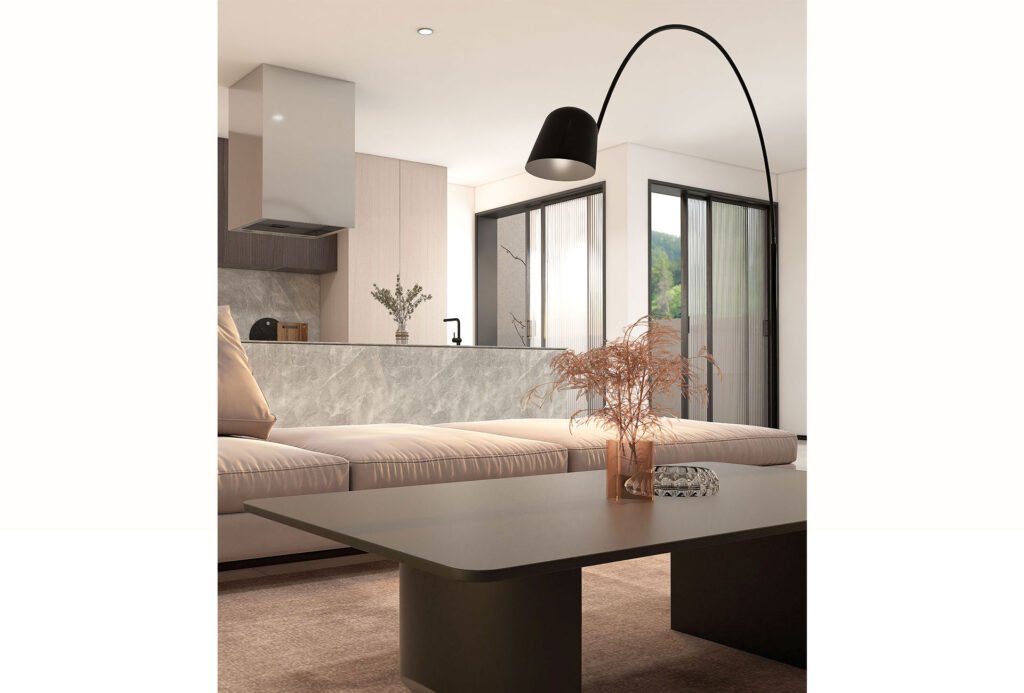Particle board is a popular engineered wood product used in furniture, construction, and interior applications. However, different environments require different types of particle board with specific properties. Fire-resistant (FR) and moisture-resistant (MR) particle boards are two specialized options that enhance safety and durability in various settings. This article compares their characteristics, applications, and benefits to help you choose the right type for your needs.
1. What Is Fire-Resistant Particle Board?
Fire-resistant particle board is treated with fire-retardant chemicals to slow down the spread of flames. It is designed for areas where fire safety is a priority, such as commercial buildings, kitchens, and public spaces.
Key Features of Fire-Resistant Particle Board:
- Treated with fire-retardant additives to improve resistance to ignition
- Slows the spread of fire, reducing damage and increasing safety
- Maintains structural integrity under high temperatures
- Complies with fire safety regulations for construction and interiors
Best Applications:
- Interior wall paneling in commercial and residential buildings
- Office and public space furniture
- Kitchen cabinetry and countertops
- Doors and partitions in fire-sensitive areas

2. What Is Moisture-Resistant Particle Board?
Moisture-resistant particle board is designed to withstand humid and damp environments. It contains water-repellent additives, making it ideal for areas prone to moisture exposure, such as bathrooms and kitchens.
Key Features of Moisture-Resistant Particle Board:
- Contains special adhesives and resins to resist water absorption
- Prevents swelling and warping in high-humidity conditions
- More durable than standard particle board in wet environments
- Suitable for both indoor and semi-outdoor applications
Best Applications:
- Kitchen and bathroom cabinets
- Flooring underlayment in humid areas
- Wall panels in laundry rooms and basements
- Furniture for outdoor-covered spaces

3. Key Differences Between Fire-Resistant and Moisture-Resistant Particle Boards
| Feature | Fire-Resistant Particle Board | Moisture-Resistant Particle Board |
|---|---|---|
| Primary Function | Delays fire spread and enhances fire safety | Resists water damage and prevents swelling |
| Treatment | Fire-retardant chemicals | Water-resistant adhesives and resins |
| Ideal Environments | Kitchens, public spaces, commercial buildings | Bathrooms, kitchens, humid areas |
| Durability | Maintains strength under heat exposure | Withstands high humidity and moisture |
| Cost | Generally higher due to fire-proofing treatment | Slightly more expensive than standard particle board |
4. Which One Should You Choose?
The choice between fire-resistant and moisture-resistant particle board depends on your project’s specific needs:
- For areas where fire safety is a concern, such as kitchens, offices, and commercial spaces, fire-resistant particle board is the best option.
- For humid environments like bathrooms, kitchens, and basements, moisture-resistant particle board provides better protection against water damage.
Conclusion
Both fire-resistant and moisture-resistant particle boards serve essential roles in construction and furniture manufacturing. While fire-resistant boards improve safety by reducing fire hazards, moisture-resistant boards enhance durability in damp conditions. Choosing the right type ensures longevity and performance in your project.
Get High-Quality Particle Board from Tacon Wood Industry
Tacon Wood Industry offers premium fire-resistant and moisture-resistant particle boards for various applications. Contact us at taconsales86@gmail.com to find the perfect solution for your needs.




